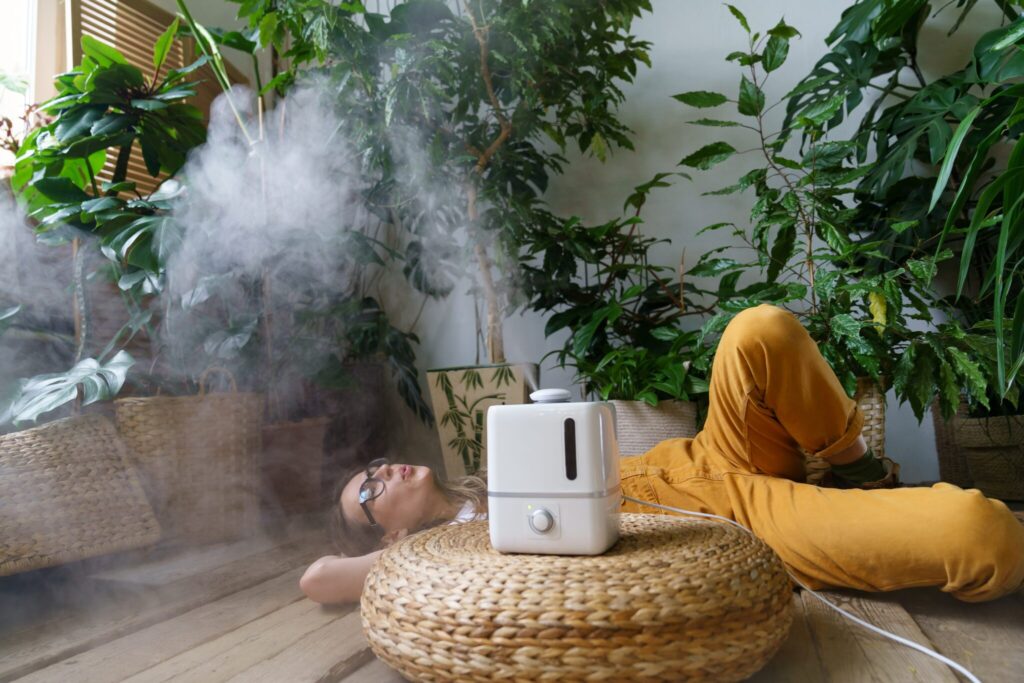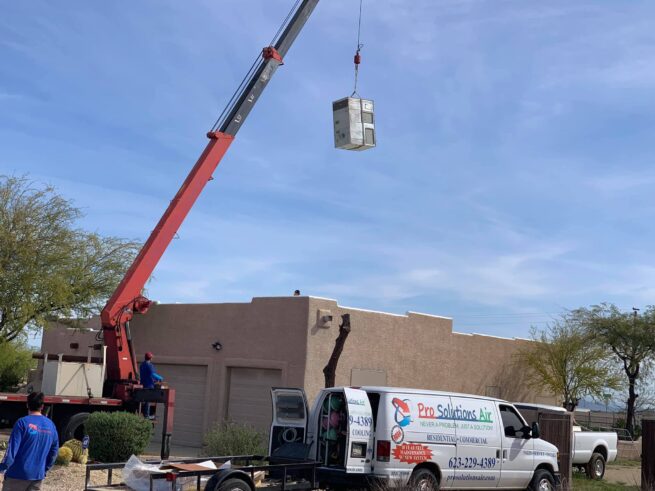Specialists in Interior/Exterior Painting
Licensed Painters Near Me
Residential and Commercial interior & Exterior Professional Painting Contractor
About Us
We are a fully licensed, bonded and insured full service home remodeling, electric and HVAC company. We specialize in all home services and home improvement projects and are here to answer you questions 24/7. 623-229-4389


Interior and exterior painting are two distinct types of painting projects, each with its own set of considerations, techniques, and challenges. Here’s an overview of the differences between interior and exterior painting:
Interior Painting:
1. Location: Interior painting involves painting the inside of buildings, including residential homes, apartments, offices, and commercial spaces.
2. Paint Types: Interior paints are formulated for use indoors and are designed to provide a smooth, durable, and washable finish. Common types include latex or water-based paints and oil-based paints.
3. Color and Aesthetics: Interior painting allows for more creative freedom with color choices and finishes. You can experiment with a wide range of colors, textures, and finishes to match your interior decor and style preferences.
4. Surface Preparation: Preparing the surfaces is crucial for interior painting. This includes cleaning, patching holes and cracks, sanding, and priming the walls, ceilings, or other surfaces to ensure the paint adheres properly.
5. Environmental Conditions: Interior painting can be done year-round since you have control over temperature and humidity indoors. It’s not affected by outdoor weather conditions.
6. Ventilation: Adequate ventilation is necessary when painting indoors to dissipate fumes and ensure a healthy indoor environment. This is especially important when using oil-based paints.
Exterior Painting:
1. Location: Exterior painting involves painting the outside surfaces of buildings, including homes, commercial properties, and other structures.
2. Paint Types: Exterior paints are formulated to withstand outdoor elements, including UV rays, rain, wind, and temperature fluctuations. They are typically more durable than interior paints and come in various types, such as latex, oil-based, and elastomeric.
3. Color and Aesthetics: Exterior color choices may be limited by architectural guidelines, neighborhood regulations, or personal preferences. Exterior painting often aims to enhance curb appeal and protect against weather damage.
4. Surface Preparation: Proper surface preparation is critical for exterior painting. This may include power washing, scraping off loose paint, filling cracks, and priming to ensure the paint adheres well.
5. Weather Considerations: Exterior painting is highly weather-dependent. It’s typically done during mild and dry weather to allow the paint to dry and cure properly. Avoid painting in extreme heat or cold, rain, or high humidity.
6. Safety: Exterior painting may require additional safety measures, such as using ladders or scaffolding, to reach high areas. Safety precautions are essential to prevent accidents.
7. Longer Lasting: Exterior paint is designed to withstand harsh weather conditions and typically lasts longer than interior paint, which is subjected to less wear and tear.
8. Protection and Maintenance: Exterior painting serves as a protective barrier against moisture, pests, and UV rays. Regular maintenance and repainting are essential to extend the life of the paint and protect the building’s structure.
In both interior and exterior painting, it’s crucial to use high-quality paints and materials, follow proper techniques, and, if needed, seek the expertise of professional painters to achieve the desired results. Properly executed painting projects can enhance the appearance, value, and longevity of buildings.
